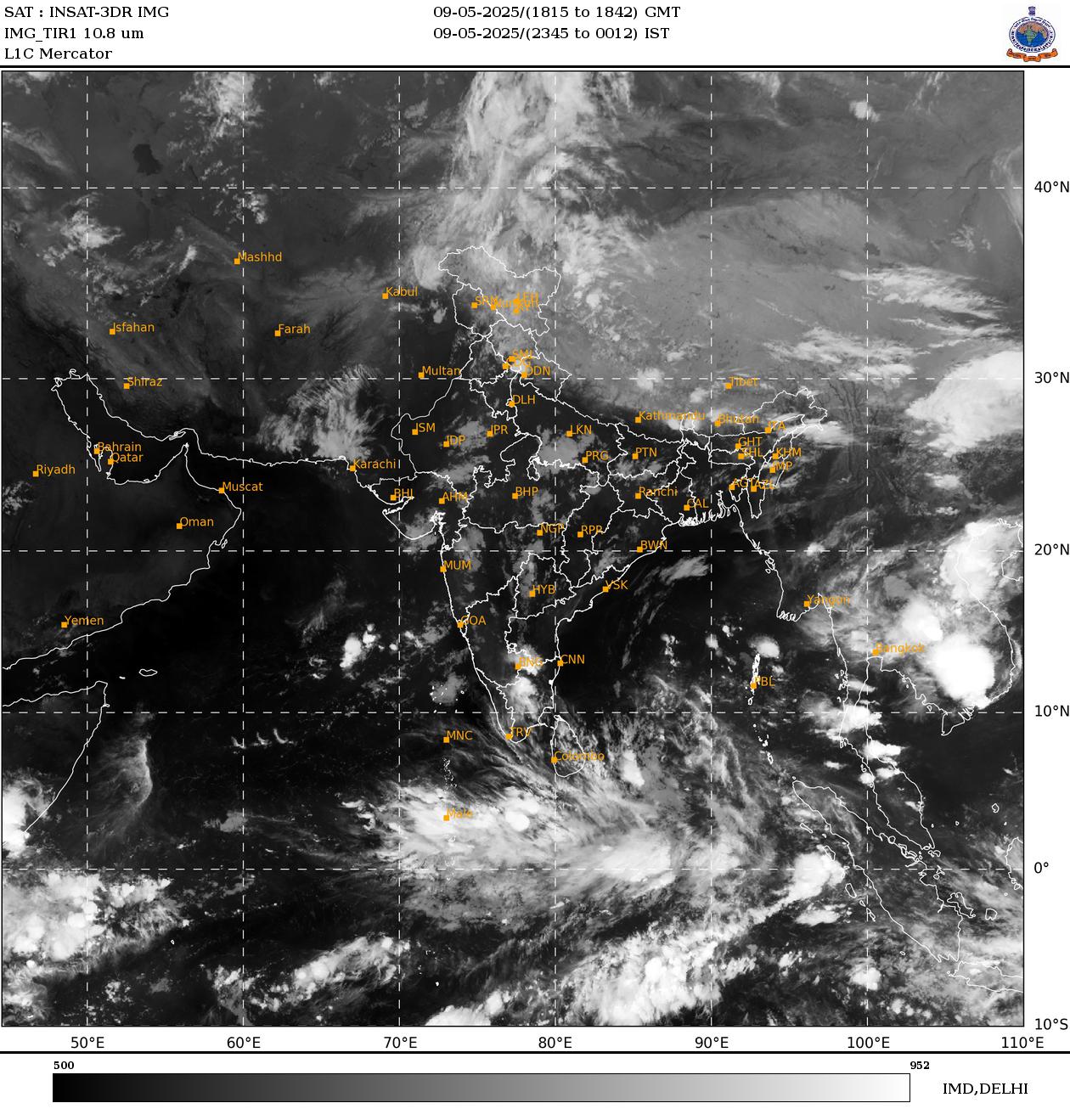Crops bloom as CSIR-NGRI percolation tank makes water rise up to surface
 Aquifer recharge project in water-scare rocky area transforms socio-economic profile of area -
Aquifer recharge project in water-scare rocky area transforms socio-economic profile of area -
August 03, 2021 “This is fantastic! This is what scientists look forward to where their work helps the community at large,” gushed CSIR Director-General Shekhar C. Mande.
A group of villagers from neighbouring areas gathered as he surveyed the five acre percolation tank inside the sprawling 100 acre campus of the National Geophysical Research Institute (NGRI) housing the geomagnetic observatory at Choutuppal, about 65 km from here, on the weekend.
The aquifer recharge project in the water scare rocky area taken up more than five years ago has transformed the socio-economic profile of the area which earlier used to be dependent solely on groundwater with high levels of dissolved flouride.
CSIR-NGRI Director V.M. Tiwari, senior scientists D. Srinagesh and J. Nandan informed that extensive hydro-geophysical surveys in villages of Mandollagudem, Thoorpugudem and Singarayacheruvu were taken up to provide precise locations for groundwater exploration.
Percolation tank, which falls in the microshed area covering these villages, was built with funds from Mahatma Gandhi National Rural Employment Scheme (MNREGS), which improved the groundwater level up to five metres.
“We used to grow crops in one acre only on an average till recently forcing many to migrate to the city. In the last couple of years, we have been raising crops like paddy in 10-15 acres each with sufficient water coming in - resulting in reverse migration,” claimed sarpanch B. Krishna Reddy. Chips in fellow villager Y. Yoganand: We even used to go to neighbouring Andhra Pradesh for work but nowadays they are coming here for work.
From about 400 acres, more than 1,000 acres is being used to raise crops.
Another farmer B. Narasi Reddy said: “Despite proximity to the city, our land prices used to barely fetch up to ₹1 lakh an acre and it has gone up by 10 times.” Groundwater has reached the surface this year so much so that the scientists had to raise foundations of the structures housing the geomagnetic instruments, said Mr. Srinagesh.
Nearby villages of Chinnakoduru, Kuntlagudem and Nelapetla too received fluoride-free water as minor tanks of Yerragunta, Beerappakunta and others in the vicinity got filled to the brim through gravity flow.
“We need to study the sub-surface area and the rocky formation below for better water management during dredging of tanks and other projects, as we can identify precise percolation points,” said Mr. Tiwari.
While being grateful to NGRI, farmers appeal is to desilt the tank for enhancing its capacity and permit transporting mud to their farms.
Mr. Mande, having worked in DBT-Centre for DNA Fingerprinting & Diagnostics (CDFD) for about a decade, told them he could follow them and offered scientific inputs if they adopt the novel CSIR missions of growing fragrant flowers for obtaining oils and even honey, as is being done in States of Himachal Pradesh and Uttarakhand, as a second crop instead of cotton or red gram.
“If your scientists guide us, we are ready to go for these new cultivations,” the farmers chorused.
Most viewed
- महाराष्ट्र की इस मंडी में 8300 रुपये क्विंटल हुआ कॉटन का दाम, क्या कह रहे हैं किसान
- India’s cotton panel CCPC estimates higher crop, export and consumption
- Picking underway for Australian cotton with above average crops expected: Cotton Australia
- Godrej Agrovet’s crop protection biz unit launches pilot to reach out to cotton growers
- स्पिनिंग मिलों की मांग बनी रहने के कारण नरमा कपास में आई तेजी
- Cotton Dropped On Profit Booking After Prices rose As US Has Lower Ending Stocks
- Cotton price surge to make Pakistani products less competitive globally
- Textile Associations Urge Intervention On CCI Cotton Trading Policies
- दाम कम होने के कारण सीसीआई को कपास बेचने में रूचि नहीं दिखा रहे क्षेत्र के किसान
- किसानों से दगा- कपास की न्यूनतम समर्थन मूल्य पर खरीद के नाम पर खानापूर्ति
Short Message Board
Cotton Live Reports
Visiter's Status
Visiter No. 31670429Saying...........
Men show their character best by the things they laugh at.
Tweets by cotton_yarn



